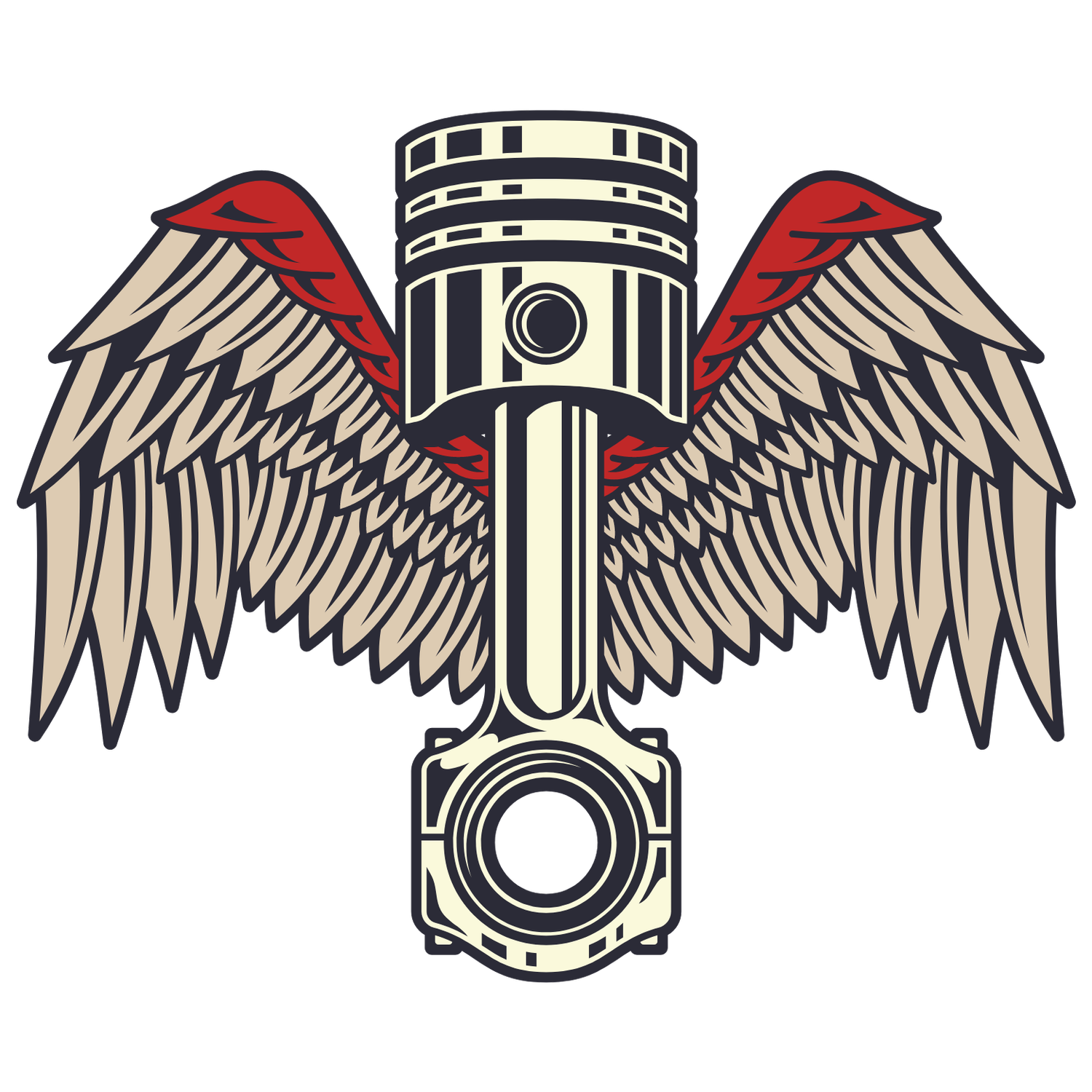9 Myths About Pistons and Rings You Need to Stop Believing
When it comes to engines, pistons and rings are often misunderstood. The myths surrounding them can lead to confusion and misinformation, impacting both enthusiasts and everyday car owners. In this blog, we'll debunk some of the most common myths about these crucial engine components, making the complex world of pistons and rings easier to navigate.
1. Pistons Only Need to Be Replaced When They Break
Many believe that pistons are only an issue when they fail completely, but regular maintenance and monitoring can prevent catastrophic failures. A piston doesn’t just fail overnight; it often shows signs of wear and tear long before a complete breakdown occurs. Thankfully, with the right approach, these issues can be spotted in their infancy.
Ignoring the health of your pistons can lead to extensive engine damage. Regular inspections and understanding your engine's sounds can be the key to identifying issues early. Don’t wait for the warning signs of a failing piston—be proactive in your maintenance efforts.
2. All Pistons Are Made From the Same Material
Assuming that all pistons are created equal overlooks the differences in materials like aluminum and forged steel that affect performance. Each material offers unique advantages in terms of weight, durability, and heat tolerance. For instance, aluminum pistons are commonly used in lightweight applications while forged steel pistons are favored for their strength in high-performance engines.
Furthermore, the quality of manufacturing plays an important role—the process of how pistons are cast or forged can greatly influence their longevity and efficiency. Therefore, when selecting components for your engine, consider the function and material of your pistons to ensure optimal performance tailored to your needs.
3. Rings Always Wear Out Faster Than Pistons
While it may seem logical, the reality is that high-quality pistons can outlast rings, depending on usage and build quality. Many factors influence the lifespan of pistons and rings, including the engine tune, oil quality, and driving style. For instance, an aggressive driver who frequently revs their engine may experience faster wear on rings, but this doesn't mean the pistons are automatically compromised.
The relationship between pistons and rings is intricate, as they work in tandem to maintain efficiency and performance. Regular checks and understanding their conditions can inform whether both components need replacement or just one. Instead of assuming rings are at fault, it's essential to evaluate the entire assembly for a comprehensive approach to engine maintenance.
4. Bigger Pistons Equals More Power
More displacement might seem powerful, but it’s not the only factor; tuning and engine design play key roles in overall performance. A larger piston does not automatically guarantee more power; factors such as air-fuel mixture, exhaust flow, and ignition timing are equally important. A well-tuned smaller engine can outperform a poorly optimized larger one.
Moreover, increasing piston size may lead to complications like stress on engine components and fuel inefficiency. Balancing displacement with smart tuning and component quality is vital for achieving the desired performance without jeopardizing the engine's longevity.
5. Piston Rings Affect Oil Consumption Only
While they do control oil use, piston rings also significantly contribute to compression and overall engine efficiency. These rings are designed to fulfill multiple roles—creating a seal between the piston and cylinder wall not only minimizes oil consumption but also maximizes compression ratios, leading to better fuel efficiency.
Ignoring the full functionality of piston rings can result in misunderstandings about oil management, performance, and wear. Ensuring that your rings are in good condition can have positive impacts across the board—from maintaining oil levels to improving acceleration. Don’t underestimate the power of these small yet crucial components!
6. You Can't Use Aftermarket Rings
Many car owners think OEM rings are the only option, but aftermarket choices can enhance performance when selected correctly. The misconception stems from a fear of quality inconsistencies; however, several reputable brands offer aftermarket options that can provide the same or even superior performance than their OEM counterparts.
By researching and choosing reputable aftermarket rings, enthusiasts can experience improved engine performance. Compatibility, construction details, and material choices are crucial for ensuring that aftermarket rings will function optimally with existing engine components.
7. Piston Replacement is Always Complicated
Although it can be challenging, with the right tools and knowledge, piston replacement is a manageable task for the dedicated DIY mechanic. The key is proper preparation; familiarizing yourself with the engine's assembly and disassembly process is vital. Many online resources and guides can provide step-by-step instructions, making the task less daunting.
Additionally, investing in quality tools can simplify the process significantly. No need to rush—taking your time ensures that every component is carefully handled. Once you grasp the essentials, you’ll find that not only is piston replacement achievable, but it can also be rewarding.
8. Higher Compression Ratios Always Lead to Engine Failures
While high compression ratios can create stress, proper tuning and components can mitigate risks and enhance performance. This myth often discourages enthusiasts from exploring higher compression setups, but with the right knowledge and quality parts, they can achieve impressive results.
It’s essential to understand the entire engine setup when contemplating compression ratios. Factors such as fuel quality, engine cooling, and tuning will determine if an engine can handle higher compression without succumbing to failures. Consultation with experienced builders can also provide insights and recommendations specific to your setup.
9. Rings Don't Need Maintenance
Ignoring ring condition can lead to severe engine issues; maintaining them is critical for engine health and longevity. Regular checks on oil levels and engine diagnostics can help catch potential issues early. Just like any part of your vehicle, staying proactive about the condition of your rings can save you time and money in the long run.
Furthermore, understanding signs of wear, such as oil leaks or reduced performance, allows you to address issues before they escalate. It’s a small, often overlooked aspect of car maintenance that can have lasting impacts on your engine’s performance and reliability.

